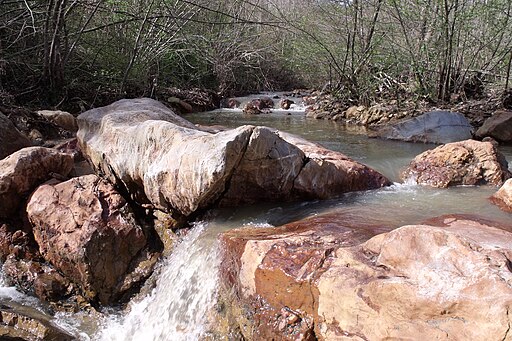Le Colline Metallifere | Byways in southern Tuscany (1919) |
| Massa Marittima si trova al centro delle Colline Metallifere, nell’alta Maremma, colline che occupano una vasta porzione di territorio della Toscana e che degradano dolcemente fino a lambire la costa tirrenica del Golfo di Follonica.
|
Mappa Massa Marittima e le Colline Metallifere | Ingrandire mappa
|
|
|
||||
 |
 |
 |
||
Vista da la Rocca di Campiglia Marittima a le Colline Metallifere
|
Panorama di Gerfalco | Panorama Roccastrada | ||
 |
||||
Landschaft am Fluss Rosia mit der Brücke Ponte della Pia
|
Sassofortino panorama | |||
 |
 |
|||
Le Roste, Montieri
|
Le Roste
|
Le Roste (particolare) | ||
 |
 |
 |
||
The Merse River near Le Roste, part of the ancient minings in Montieri
|
Roccatederighi | Roccatederighi, Torre dell’Orologio | ||
Walking in Tuscany | The Hills of the Etruscan Maremma Coop. Colline Metallifere | www.coopcollinemetallifere.it
|
||||
Katharine Hooker, Byways in southern Tuscany, 1919 (1910s) Text Appearing Before Image:
Text Appearing After Image:
|
||||
[1] Questa immagine è stata prelevata dal sito web The Commons di Flickr.
|
||||
|
||||
